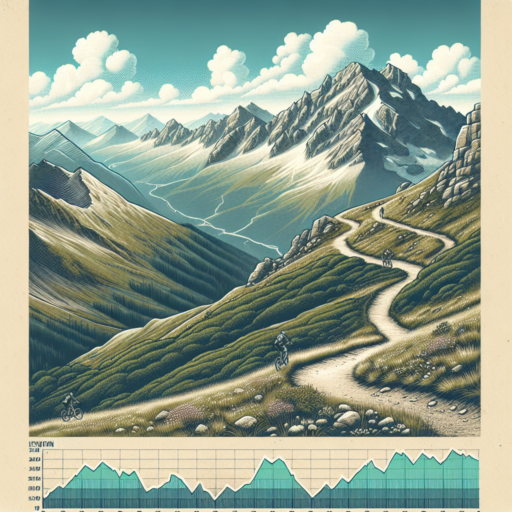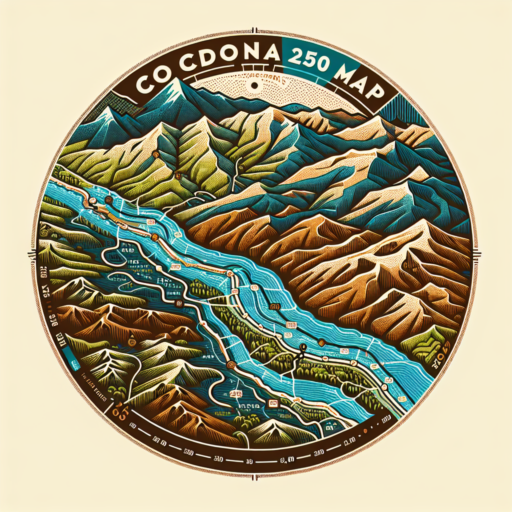What is the elevation gain of Leadville 100?
The Leadville 100, officially known as the «Leadville Trail 100 Run,» presents one of the most challenging ultra-marathon courses in the world. A significant factor contributing to its difficulty is the elevation gain, which is a crucial aspect for participants to consider when preparing for the race. Understanding the elevation gain is not only essential for physical preparation but also for mental readiness as it impacts pacing, energy management, and overall strategy.
Throughout the course of the Leadville 100, runners experience an astonishing elevation gain. The race, which weaves through the heart of the Rocky Mountains, offers a total elevation gain that sits around 15,600 feet (4,750 meters). This considerable ascent is coupled with the challenge of high-altitude conditions, as much of the race occurs above 10,000 feet, with the highest point, Hope Pass, reaching approximately 12,600 feet. This elevation profile underscores the race’s reputation as one of the most demanding ultra-marathons.
To navigate the elevation successfully, participants often incorporate specialized high-altitude training and acclimatization strategies. The elevation gain also plays a critical role in race tactics, influencing how runners approach various segments of the course. Mastery over the formidable elevation gain of Leadville 100 requires a blend of physical endurance, strategic planning, and mental fortitude.
Why is Leadville 100 so hard?
The Leadville 100, also known as the Leadville Trail 100 Run, stands as one of the most challenging ultra-marathons in the world. This race’s difficulty stems not only from its staggering distance but also from the unique combination of environmental and physical challenges that athletes must overcome.
Altitude and Terrain
The race takes place in the heart of the Rocky Mountains, with elevations ranging from 9,200 to 12,600 feet above sea level. At these heights, oxygen is scarcer, making breathing difficult and leading to possible altitude sickness. Additionally, the rugged terrain, consisting of steep climbs and descents on both paved roads and technical trails, tests the participants’ endurance and technical running skills.
Weather Conditions
Weather during the Leadville 100 can be unpredictable and extreme, ranging from intense sun exposure and heat during the day to freezing temperatures at night. Runners must prepare for every condition, as the weather can change rapidly in the mountains, potentially leading to hypothermia or heat-related illnesses.
These elements combine to make Leadville 100 an extraordinarily hard race, testing the limits of human endurance and willpower. Runners who take on this challenge must be well-prepared physically and mentally, engaging in rigorous training and acclimatization to the high altitude well in advance of the race.
No se han encontrado productos.
What is the hardest part of Leadville 100?
The Leadville 100, one of the most challenging ultramarathons, pushes runners to the brink with its grueling terrain and high altitude. Nevertheless, participants often point to a specific section of the race as being exceptionally daunting. This segment, known for testing even the most seasoned athletes, encapsulates the essence of what makes the Leadville 100 a legendary race.
One of the most formidable aspects of this race is the climb to Hope Pass. Situated at an elevation exceeding 12,000 feet, the ascent and subsequent descent present a formidable challenge to racers. The thin air at such high altitude significantly taxes the cardiovascular system, making each step feel laborious. Furthermore, the unpredictable weather conditions can transform the trail conditions rapidly, complicating this portion of the race further.
In addition to the physical challenge, Hope Pass also tests the mental resilience of the competitors. The psychological toll of knowing this high-altitude hurdle exists can weigh heavily on racers, especially as they approach this section. The steep inclines and the necessity to navigate potentially perilous descents demand not only physical endurance but also mental toughness and strategic pacing.
What percentage of people finish the Leadville 100?
The Leadville 100, officially known as the Leadville Trail 100 Run, is an ultramarathon held annually in Leadville, Colorado, that presents a formidable challenge even to seasoned runners. Spanning a 100-mile course through rugged terrain at elevations that can exceed 12,000 feet, it’s a race that tests limits and pushes participants to their physical and mental boundaries. Given the grueling nature of the event, it’s natural to wonder about the finishing rate of this prestigious race.
Historically, the percentage of people who cross the finish line of the Leadville 100 fluctuates each year, with factors such as weather, course conditions, and the overall preparedness of the runners influencing completion rates. In general, it has been observed that approximately 50% to 60% of participants manage to finish the race within the official cut-off time of 30 hours. This showcases not only the difficulty of the course but also the determination and grit of the runners who take on this challenge.
Noteworthy is the community and spirit of support that surrounds the Leadville 100, which plays a significant role in aiding runners towards the finish line. Aid stations manned by volunteers, cheering spectators, and the camaraderie among participants contribute to a positive race atmosphere that empowers many to keep pushing forward despite the odds. However, even with this support, the high altitude, combined with the technical terrain of the Rocky Mountains, ensures that completing the Leadville 100 remains an impressive feat.




